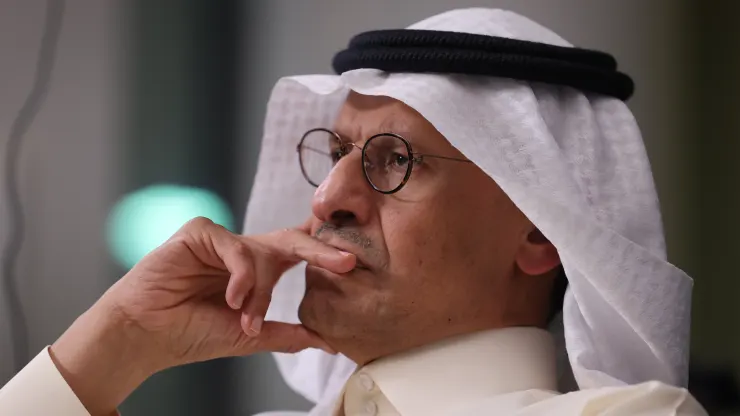OPEC+ Extends Crude Oil Production Cuts: What It Means for the Global Market
The Organization of the Petroleum Exporting Countries and its allies, collectively known as OPEC+, announced on Sunday their decision to extend the official crude output agreement into 2025. This move is aimed at stabilizing the global oil market amid fluctuating demand and supply dynamics.
Key Points of the Agreement
- Extended Agreement: OPEC+ will extend its current crude oil production cuts until 2025.
- Production Targets: The coalition aims to produce a combined 39.725 million barrels per day (bpd) next year. This figure accounts for the production levels of individual members before any additional adjustments and factors in the departure of Angola from OPEC earlier this year.
- UAE Production Increase: The UAE will see an increase of 300,000 bpd, phased in gradually from January 2025 until the end of September the same year.
- Voluntary Cuts: A subset of OPEC+ members, including Saudi Arabia and Russia, will extend their voluntary cuts of 1.7 million bpd throughout 2025. An additional 2.2 million bpd of voluntary cuts, initially set to end this year, will also be extended until the end of Q3 2025, with a gradual restoration of these quantities on a monthly basis until September 2025.
Impact on Global Oil Market
The extension of production cuts by OPEC+ is a strategic move to manage global oil supply and stabilize prices, particularly as the market navigates the seasonal increase in demand during the summer driving season and the end of refinery maintenance in China, the world’s largest crude importer.

Diverging Institutional Views on Oil Demand
OPEC’s Monthly Oil Market Report for May forecasts a significant increase in global oil demand by 2.25 million bpd this year. In contrast, the International Energy Agency (IEA) projects a more modest increase of 1.06 million bpd. These differing views underscore the complexity and uncertainty in predicting future oil demand, influenced by geopolitical tensions, economic conditions, and shifts in energy policies.
Analysts’ Perspectives
Industry analysts and OPEC+ delegates had anticipated the extension of supply cuts, viewing it as a necessary measure to maintain market balance. By controlling supply, OPEC+ aims to support oil prices and ensure a stable revenue stream for its member countries.
Conclusion
The decision by OPEC+ to extend crude oil production cuts into 2025 reflects the group’s proactive approach to managing the global oil market. As the industry continues to adapt to changing demand patterns and external pressures, this extension is expected to provide some stability and predictability in the near term.
